Proton has announced that it has ramped up production of the Persona to meet the increased demand in bookings. The company says it’s adjusting its production schedule of the car in Tanjung Malim, Perak, after the completion of some refurbishment and upgrading of the model’s production line in the plant.
Production of the car has been increased over the past few months to meet demands until end of the year. The automaker adds that it has increased dealer stocks nationwide, and the waiting period for the car presently stands at one month.
“Based on market feedback, we found that there is a steady demand for this type of sedan. Reflecting this demand, we are ramping up our production to meet the growing numbers after assembly of the car was halted due to refurbishment activities,” said Proton CEO Datuk Abdul Harith Abdullah.
He added that that the drop of the Ringgit has also contributed to the increased demand for locally-made cars, and was pleased that more Malaysians were choosing the model as their preferred car due to its spacious size, moderate fuel consumption and low maintenance costs.
The Persona was launched in August 2007 and has since sold 265,882 units up to August 31 this year. It’s currently available in two variants, the Persona Super Value (SV) and Persona Executive.
We reported earlier that Proton is planning to release three new models next year, specifically the Saga, Persona and Perdana. It is believed that an Iriz-based “Saga” sedan might actually be the next Persona, so interesting times beckon for all Persona fans.
AD: Drive the Proton model of your dreams. Submit your details and Proton PJ will get in touch with you.
Looking to sell your car? Sell it with Carro.

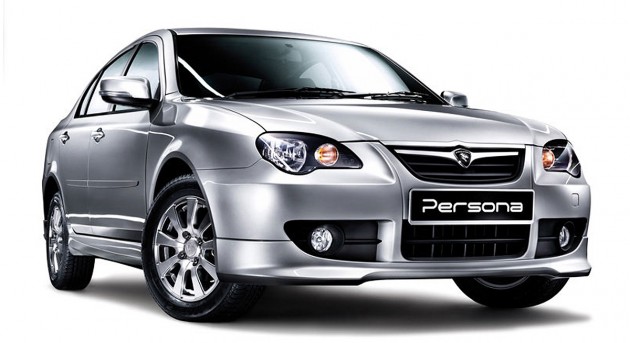

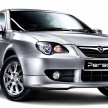
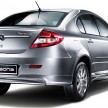
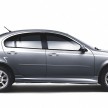
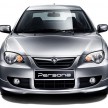
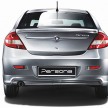
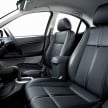
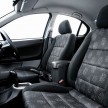
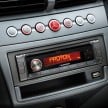
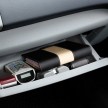
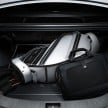



















AI-generated Summary ✨
Comments regarding Proton ramping up Persona production are mixed; supporters believe demand remains high and support Proton’s efforts, while critics argue the demand is exaggerated to create an illusion of popularity. Some commenters highlight that the Persona is an outdated model (over 7 years old) with limited safety features, including the absence of VSC and airbags in certain variants, leading to safety concerns. Others feel Proton is still producing old technology and question the rationality behind increasing production when actual demand may be low, citing large warehouse stocks. There’s also a recurring sentiment that Proton's safety ratings and features lag behind competitors, and some see the continued production as a sign of poor planning or political protectionism. Overall, views are polarized with skepticism and concern about safety, but a few defend the model’s value and handling.